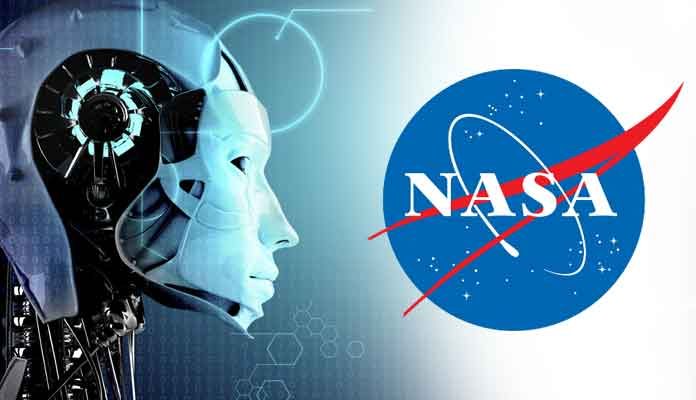When in the outer space, the robots often come up challenges that they do not know how to overcome. It is not possible for humans to prepare robots for everything that they may encounter? So what other way is there to make those robots overcome such problems or get autonomous besides artificial intelligence (AI)?
The Need for Artificial Intelligence in Space
The robots in the space will need autonomy, moving forward. Human will have to empower them to take decisions when stuck in a challenging situation. Scientists believe that the progress will be difficult without robots using their brain or artificial intelligence. Robots often disconnect when getting instructions from humans. In that case, they will have to come up with their way of doing different tasks.
The Experiment Back in 2015
NASA was not sure if the AI would work for the Mars mission. However, it sent software update back in October 2015. The new software update named Autonomous Exploration for Gathering Increased Science or AEGIS, helped the robot make a remote probe into space investigation. NASA is so far happy with the results. Therefore, it is possible that NASA may use artificial intelligence to help its robots in the future.
How Does AEGIS Help?
AEGIS helps the robot in identifying particular types of rocks. The rocks that the on-ground scientists want to investigate. The difficulty in connecting with Curiosity rover makes the job of collecting samples a lot slower. Instead, the use of artificial intelligence will let the robot work on its own, without having to wait for the instructions. The update allows Curiosity to look for and explore its targets.
AEGIS uses artificial intelligence to help the robot make progress. Scientists were expecting the update of AEGIS would assist the Curiosity rover hit the target 24 percent of the times. Instead, this update has led it to maintain a 93 percent success ratio.
A Serious Lag in Communication
 Mars came closest to Earth in 11 years back in May 2016. Still, it would take a radio signal from Earth 4 minutes to reach the Curiosity rover on Mars. Despite the closeness, Mars was still 46.8 million miles away from the planet Earth.
Mars came closest to Earth in 11 years back in May 2016. Still, it would take a radio signal from Earth 4 minutes to reach the Curiosity rover on Mars. Despite the closeness, Mars was still 46.8 million miles away from the planet Earth.
Idle time is lost time for the mission to Mars. It is a challenging and expensive thing to send a rover to Mars. The new update allows the rover to drive to a location by itself, choose its targets that it wants to investigate and gather useful data. Therefore, scientists do not have to worry about the idle time anymore even if they are not in touch with Curiosity. Since they know, it will be doing its work in the meanwhile.
NASA is not the only organization working on artificial intelligence. Facebook, Google, and many other companies are working on this technology. Only recently, Facebook killed an AI bot for devising its language.


